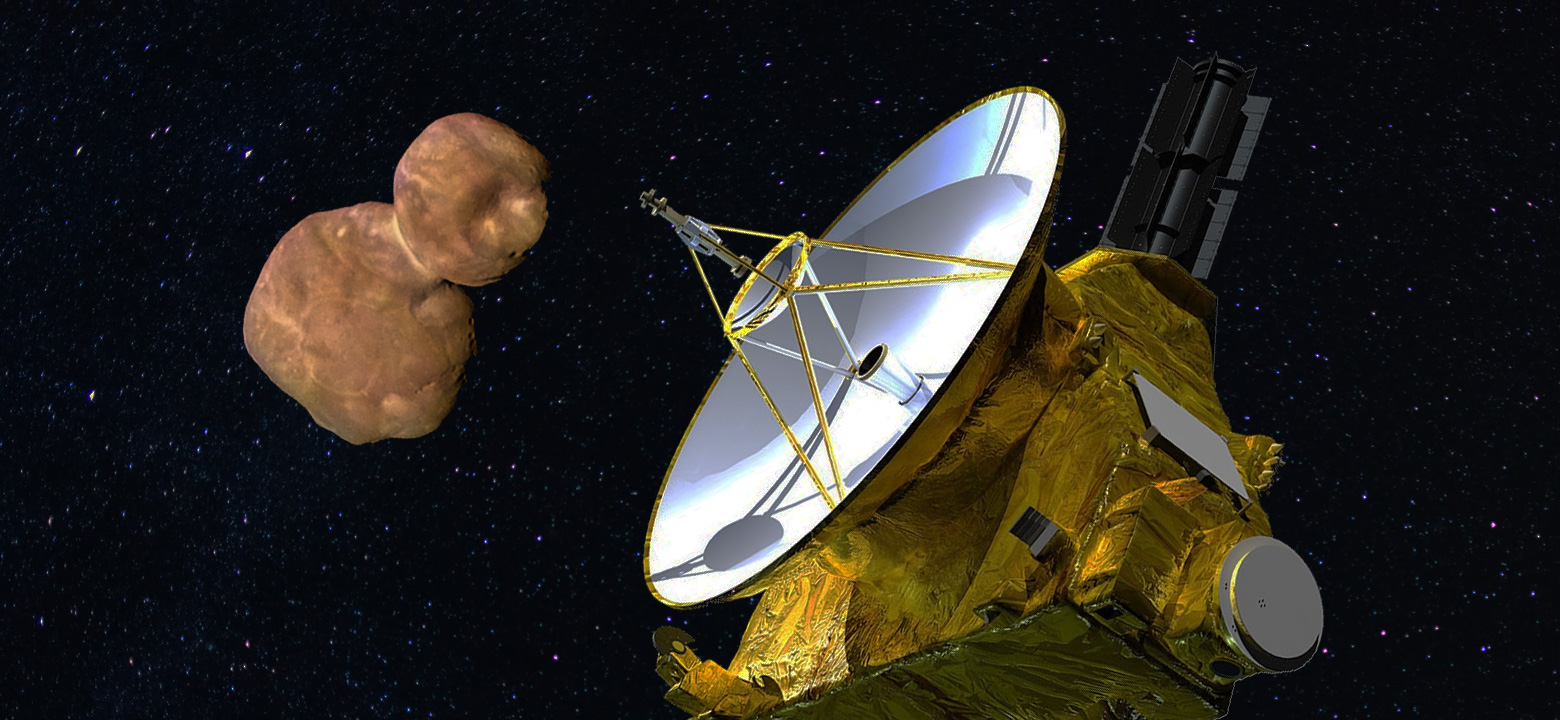
In the last decade alone, NASA has made unprecedented discoveries of our universe. One of the more recent missions witnessed the exploration of distant planetary objects on the edge of the solar system. With the launch and progress of New Horizons, NASA is one step closer to solving some of the biggest mysteries of the Milky Way and what lies even further beyond.
New Horizons is an interplanetary space probe that was designed by the Southwest Research Institute and the Applied Physics Laboratory at John Hopkins University. NASA launched it into space on January 19, 2006 with an Atlas V rocket. It traveled at a speed of 36,400 miles per second, making it the fastest traveling man-made object launched from Earth in history.
New Horizons was launched as part of NASA’s New Frontiers program. Its primary mission is to conduct a flyby study of Pluto’s system, which it completed in 2015. It also has a secondary mission of to conduct a flyby of one or more Kuiper belt objects or KBOs.
The Kuiper belt is a circumstellar disc that lies just beyond the orbit of Neptune. It is located about 50 AU from the sun. This secondary mission makes New Horizons the fifth space probe to achieve the escape velocity that is needed to exit the solar system.
Since its launch, New Horizons has made several significant discoveries for NASA. For example, shortly after its launch, it encountered the 132524 APL asteroid.
It also conducted the closest ever approach of Jupiter on February 28, 2007. This approach put it within 2.3 million kilometers of the planet. The gravity assist from Jupiter likewise increased the speed of New Horizon.
The approach of Jupiter also tested the scientific capabilities of New Horizon for the first time. This early mission allowed the probe to send back important data about Jupiter including information on the planet’s atmosphere, magnetosphere, and moons.
As New Horizons continued its way through the solar system, it approached Pluto on January 15, 2015. It is the first spacecraft to explore this dwarf planet.
More importantly, however, after passed Pluto, New Horizons conducted a flyby of a KBO called (496958) 2014 MU69. This object is also known as Ultima Thule and is located approximately 43.4 AU from the sun.
New Horizon conducted its secondary mission, the flyby of Ultima Thule, on January 1, 2019 at approximately 12:30 a.m. Eastern time. The New Horizons team at NASA chose this object by using the Hubble Space telescope. Team members chose Ultima Thule as the mission’s target because it was within reach of New Horizons with the amount of fuel that was predicted to be left after the approach of Pluto.
The team formally named this KBO 2014 MU69 and gave it the minor planet number of 485968. However, with the public’s help, the object was nicknamed Ultima Thule, which means “beyond the known world.”
The flyby took New Horizons within 2200 miles of Ultima Thule. To date, it is the most distant interplanetary flyby in history. It is also the first closeup look that NASA astronomers got of a solar system object of this type.
However, astronomers on the New Horizons team did get a good view of Ultima Thule initially in July 2017. This is when the KBO became visible as it passed in front of a star that could be viewed from Earth. This early view allowed New Horizons team members to discern that Ultima Thule was either a contact binary shape, meaning it was comprised of two touching bodies, or close binary, or two objects orbiting each other.
The Ultima Thule flyby will reveal key information to NASA in the coming months and years. Primarily, it will disclose what color the KBO is, if it has any moons, and if it has a ring system. It will also give hints about what the solar system conditions were like as it condensed with the solar nebula.
New Horizon could continue to progress through the solar system all the way through 2038. In the next year, it will begin the download link process to NASA, which is predicted to take up to 18 months.
Its MU69 mission will formally come to an end by 2021. If it is still functional by 2038, it will explore the outer heliosphere of the sun with the Voyager Spacecraft.
NASA also has 16 other future missions in the works. For example, the mission named Euclid will launch sometime in 2020. This mission is being designed to explore the mysteries of dark matter and dark energy. It is in the final stages of being planned and designed by the Euclid NASA team.
New Horizons has investigated and revealed some of the most confounding mysteries of the solar system. NASA scientists now know much more about planets like Jupiter and Pluto. They also continue to gather information about distant planetary objects like Ultima Thule thanks to New Horizon’s latest mission that took it to the Kuiper Belt beyond Neptune.